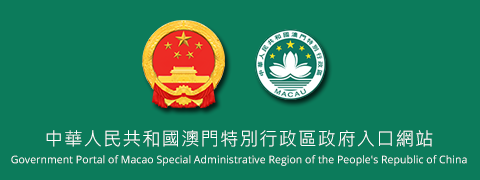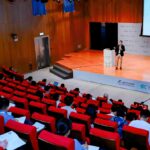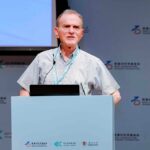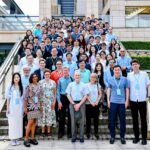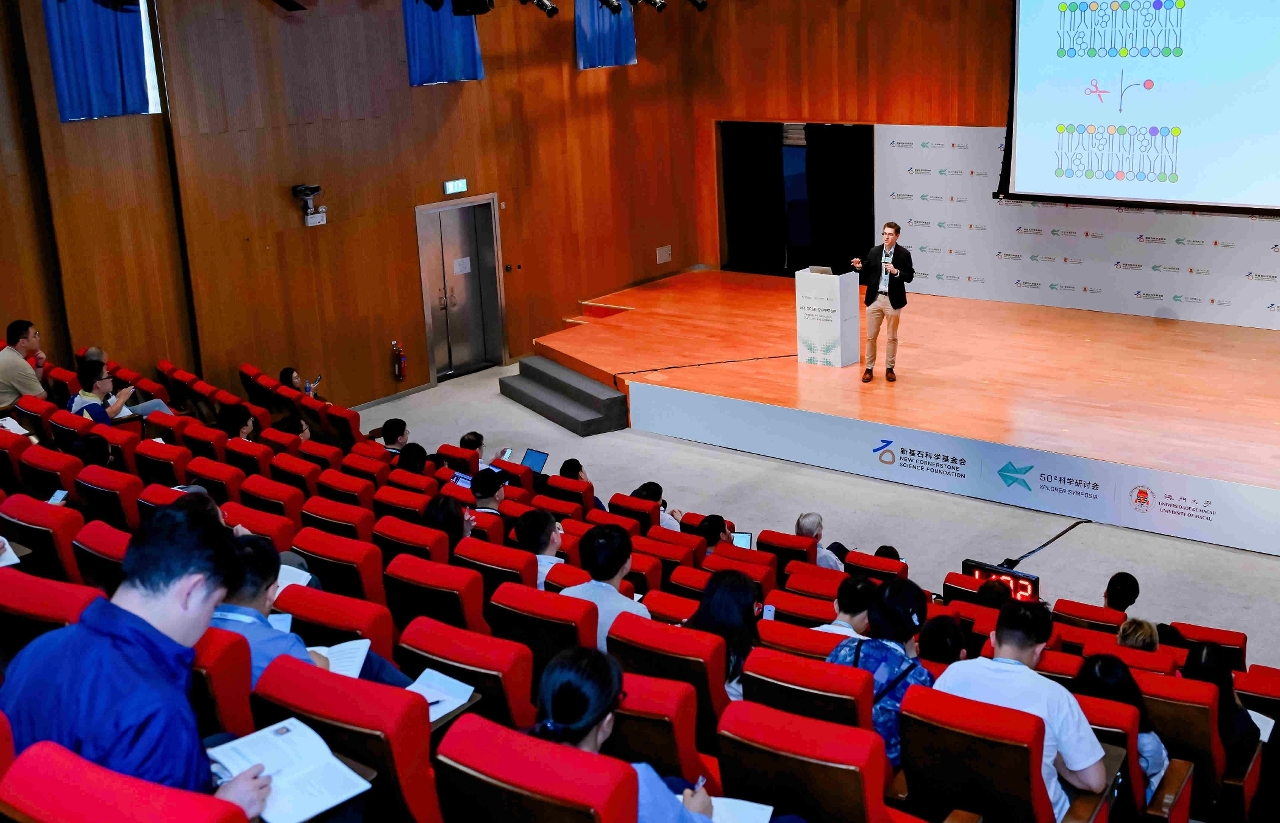 Leading scholars share breakthroughs in organelle research at UM
Leading scholars share breakthroughs in organelle research at UM
The ‘Xplorer Symposia—Organelles: Structure, Function, and Disease’, organised by the New Cornerstone Science Foundation and co-organised by the Faculty of Health Sciences (FHS) of the University of Macau (UM), was held at UM. The event brought together 31 leading scholars from prestigious institutions around the world to explore the latest findings in organelle research. Among them was Randy Wayne Schekman, Nobel laureate and professor at the University of California, Berkeley.
During the opening ceremony, Wei GE, vice rector of UM; Ge Liang, chair of the symposium and associate professor at Tsinghua University; and Qiu Chunhong, representative of the New Cornerstone Science Foundation, delivered welcome remarks. The three-day symposium featured five sessions, each covering a different topic: organelle structure and dynamics, membrane trafficking, organelle and metabolism, organelle and pathogen interaction, and organelle and signalling. A total of 31 presentations were given throughout these sessions by experts and scholars from renowned institutions such as the University of California, Berkeley, Cornell University, the University of Wisconsin–Madison, the Medical University of Innsbruck, Francis Crick Institute, Tsinghua University, Peking University, Zhejiang University, the Institute of Biophysics of the Chinese Academy of Sciences, Shanghai Jiao Tong University, Fudan University, the Hong Kong University of Science and Technology, and UM.
At the symposium, Prof Schekman explained the origin and functions of extracellular vesicles, with particular focus on their role in regulating intracellular homeostasis and the latest advances in exosomes as key mediators of intercellular communication. Yu Li, professor at Tsinghua University, presented his research on the formation mechanism and pathological functions of autolamellosome, highlighting its critical role in maintaining endoplasmic reticulum (ER) homeostasis and combating aging-related diseases. Hesso Farhan, professor at the Medical University of Innsbruck, explained how mechanical forces influence the structure and function of ER and regulate intracellular protein homeostasis. He also presented his latest research on the role of ER protein IRE1 in cellular mechanosensing. Hu Junjie, researcher at the Institute of Biophysics of the Chinese Academy of Sciences, reported on the intracellular trafficking of the transmembrane receptor protein LEPROT within the Golgi apparatus. He also discussed the regulatory mechanisms that occur during this process, and the biological functions of the protein. Ma Liang, assistant professor at Zhejiang University, presented his research on how specific microRNAs (miRNAs) are first enriched in mitochondria before being sorted into exosomes, revealing a novel mechanism of intercellular communication.
The symposium also featured a poster session, which showcased 31 research projects from higher education institutions and research institutes around the world. Participating students and researchers presented their findings to attendees. Following evaluation by experts, the Best Poster Awards were presented to three young scholars: Huang Yixin from the University of Hong Kong, Xie Liming from UM, and Zheng Jianfei from Tsinghua University.
The symposium was co-chaired by Shen Hanming, associate dean of FHS; Bian Xin, researcher at Nankai University; and Zhao Yan, associate professor at Southern University of Science and Technology. With its rich programme, the symposium facilitated interdisciplinary exchange and collaboration and was well received by attendees.
